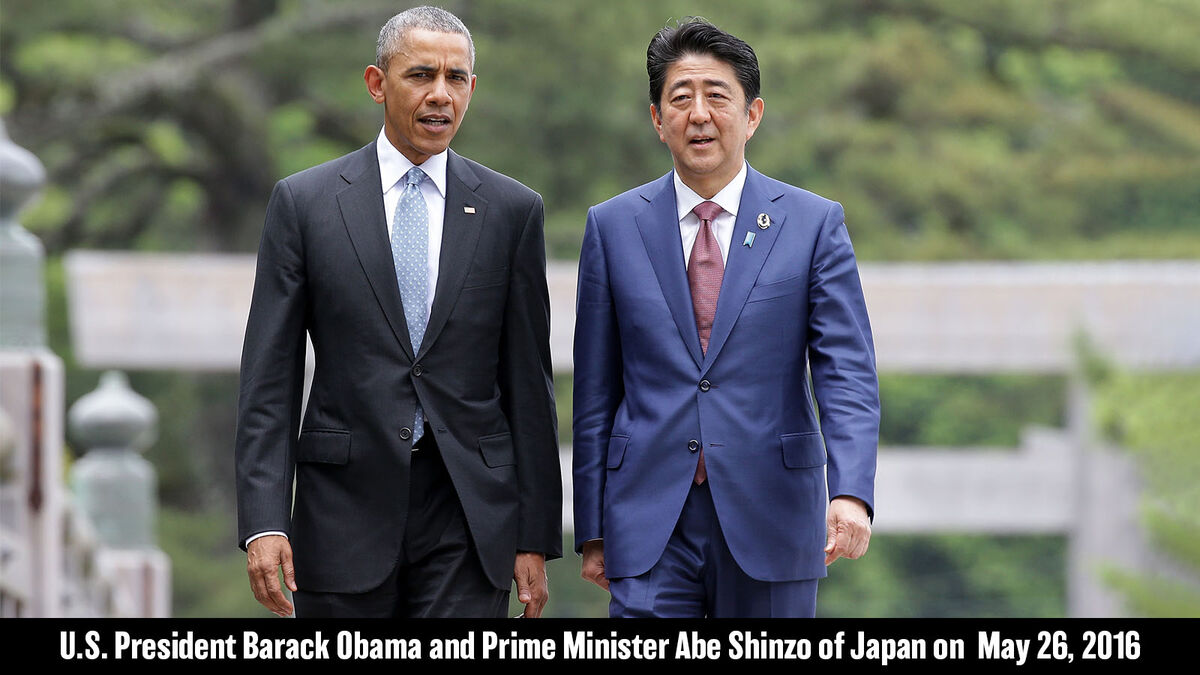
Leaders of a country go by many names. Prime minister and president are just two of them. But how does a prime minister differ from a president? To answer that question, you need to look at what a prime minister vs. president is, along with the different powers they have.
Prime Minister vs. President
Prime ministers and presidents, oh my. While it might seem like these two terms are interchangeable, they aren’t. In fact, the main difference between a prime minister and president is what they run. A prime minister is the head of government. A president, on the other hand, is the head of state.
To make things even more complicated, some forms of government use a semi-presidential system, meaning they have both a president and a prime minister. For example, France has a president and a prime minister. The prime minister is elected by the president. Confusing right?
Break down each individual term through a definition and examples to keep this concept clear.
What Is a Prime Minister?
The title of prime minister can vary based on the government. Most commonly, the prime minister is the leader of the government of a country with a parliamentary system. For example, the United Kingdom has a constitutional monarchy and uses a parliamentary form of government. The head of government is the prime minister.
Becoming a Prime Minister
Prime ministers can get into office a few different ways. They could be appointed by the leader of the government, or they might be elected to the position by the legislature. For example, in Canada, the prime minister is appointed into the position by a constitutional convention but must be elected by the House of Commons. Additionally, the term for this position varies based on the government. In the case of Canada, the prime minister can serve until the monarch removes them, they resign, or die.
What Is a President?
Just like a prime minister, a president is also a chief executive of a government. However, in the case of a president, they are the head of state, and in some cases, the head of government. For example, in the United States, the president is the leader of the federal government responsible for all the different states and leader of the executive branch of the government.
Becoming President
Presidential candidates are typically elected into their position by the people through an electoral college or popular vote. In the case of a dictatorship presidency, they might just take on the title of president. When it comes to term limits of a president, like prime ministers, they vary by country. For example, the U.S. has a 4-year limit for presidents and a max of two terms.
Prime Minister vs. President Powers
Check out the different powers a president and prime minister have. However, remember the individual duties will vary by government. Additionally, in governments with a president and prime minister, the president has more power.
Prime Minister | President | |
Head of | Head of Government | Dual Head of State and Government |
Responsibilities | Direct government activities like leading cabinet meetings and answering parliamentary questions | Implementing and enforcing Congressional laws |
Coordinate work of the cabinet and implement programs | Acts as commander and chief of the military | |
Meet foreign officials and dignitaries | Performs ceremonial duties, like meeting dignitaries | |
Appoints government members | Appoints federal government heads, including the cabinet | |
Make policies | Signs policies into law | |
Examples | United Kingdom, Canada, Japan, India | United States, Philippines, Chile |
Prime Minister vs. President vs. Monarch
Understanding the leader of a government can get confusing. Especially if you throw a monarch in there. For example, the UK has both a prime minister and a monarch. A monarch has a title of king, queen, or sovereign head of state, and the title is passed down through families.
For example, in the U.K., the monarch is the head of state. However, they have limited power of the government. In Jordan, the monarch plays a much more active role in government and the armed forces are under the monarch's power.
Difference Between a President and Prime Minister
Knowing the difference between a president and prime minister can be tricky, especially, when the powers given to each can vary greatly depending on the government. And when you throw both into one type of government, it can be even more confusing. To keep it simple, remember a prime minister runs the government and a president heads the state and government. Want to learn more about types of government? Explore the different types of government found around the world.